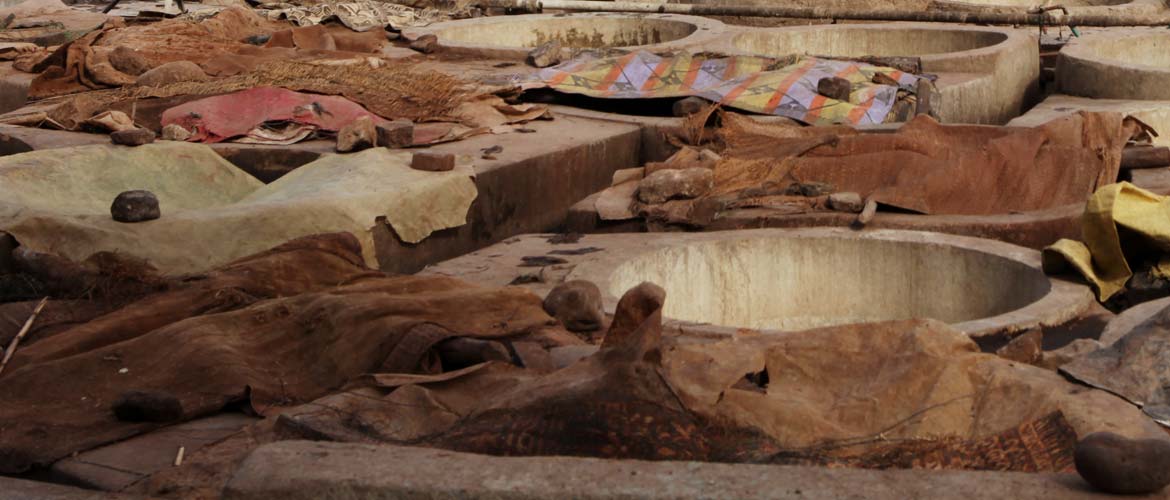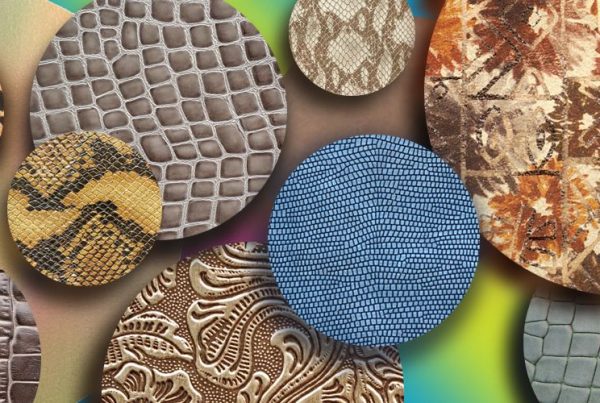
The tanning of skins is one of the oldest professions of humanity. It had its origin when our prehistoric ancestors began to use the skins of large mammals to protect them from the weather. However, if no treatment was applied, the animals skin would deteriorate rapidly, it would become rotten, give off odours and could even lead to infections. This is how our ancestors began to search for ways to stop this natural process.
The first important historical improvement was tanning with the smoke from the home, which managed to preserve the leather and increase the resistance to the elements. This method, which is widespread among American Indians to make their tepees, still remains very popular in some regions of China. Another historic breakthrough was the vegetable tanning. This probably all started when the skins were introduced in the water to remove mud and dirt as those waters contained in dissolution “agents” coming from natural trees or which had fallen in the water, making these act as a preservative and tanning. Although since ancient times we have compelling evidence that since the Egyptians times there have been techniques for tanning. Even of the existence of the tanner was recognized as a profession; it is during the Middle Ages when this activity is organized in a more effective way, grouping together in guilds and focusing on specific areas, from which they had easy access to the raw materials and water. In fact many tanneries have remained in the same areas of Europe for over 500 years, and even today, these areas continue to maintain its prestige. However, the advances in chemical research of the nineteenth century were vital for the transformation of this sector, which up to then were handmade crafts and is presently a powerful industrial sector. The development of chrome tanning, which uses the salts of this mineral for the basic process of tanning, gave a great impetus to this industry worldwide. Currently and always looking for both improving the features and benefits of the skins as the largest and best contribution to the improvement of the environment, there are investigations with new less polluting tanning and a new tannery with titanium is even under development, subject matter that can be considered as a basis for future processes of tanning.
In spite of the advances made in what new products are concerned, the process of tanning remains very complex, although it can be classified in three main stages. The first that are generically called RIBERA, due to skin being worked always wet, would consist of two parts: the process of preparation of the skin before tanning, which include the soaking, the removal of hair and de-fleshing. Then comes the yielded, process of chemical and physic stabilization of the skin, giving way to the tanning process itself, in which good condition are achieved, although always wet. This skin condition is called Wet Blue and is the first step to the RETANNING, DYEING and GREASING. This process accomplishes that the leather acquires colour, touch and other characteristics necessary for the manufacture of commercial items. After this process, the skin dries in a dryer, leaving all ready for the finishing process. This state is called the Crust and is the first step to the FINISHING processes.
It is precisely from the CRUST, where the work of ACABADOS ABELLÁN begins, which creates, from here, a wide range of high quality products. All is carefully studied, both in its colour as well as in its fashion image, which makes them highly recognized in the international markets by the added value that confer to the products to which they are incorporated, especially shoes and handbags.
Currently, ACABADOS ABELLÁN continues to be committed to the development of clean technologies and innovative solutions that contribute to the new ecological and technological challenges of the 21st century.




